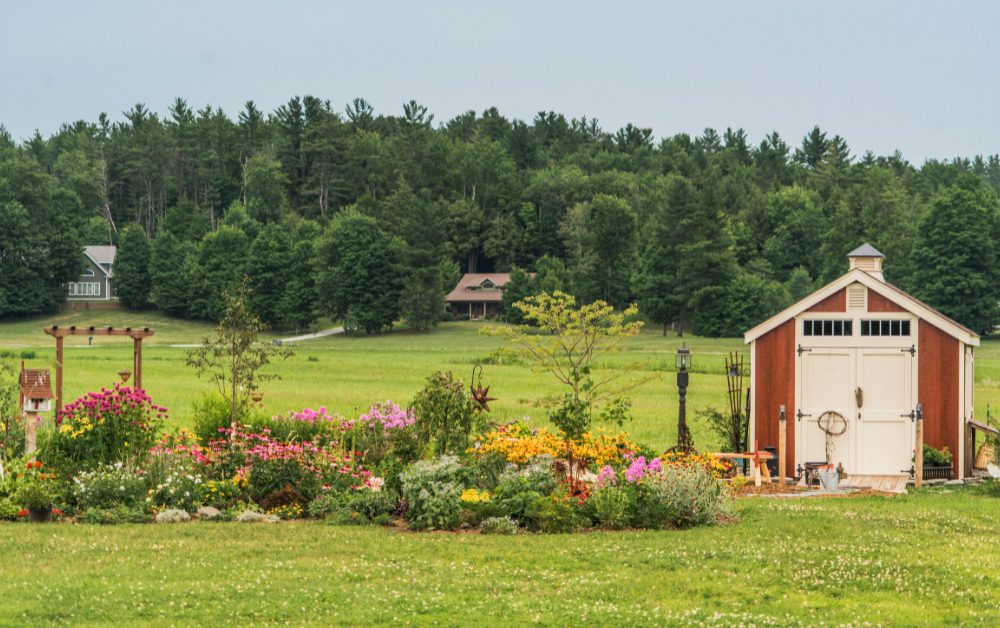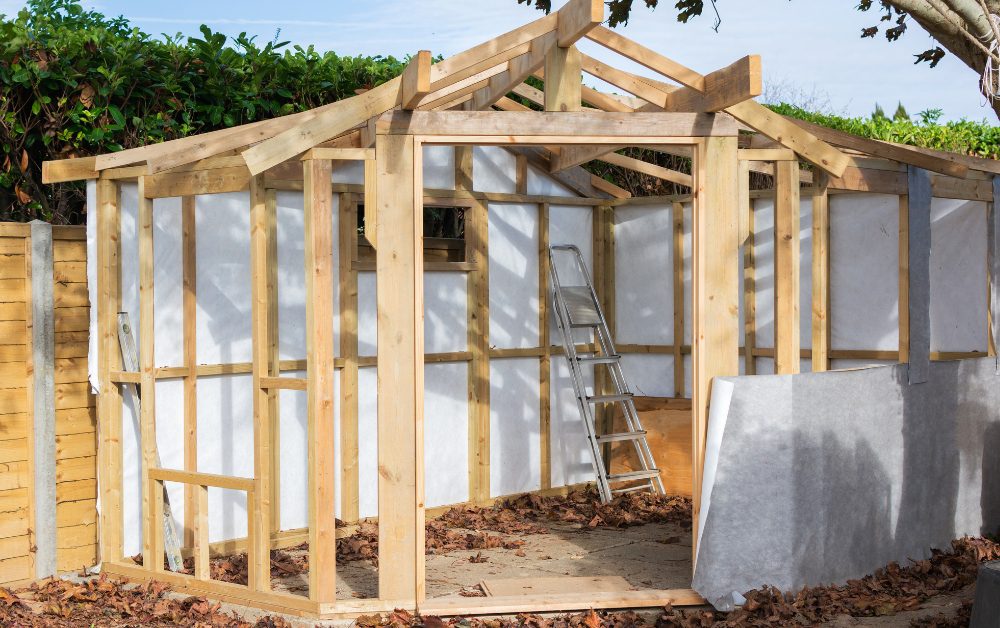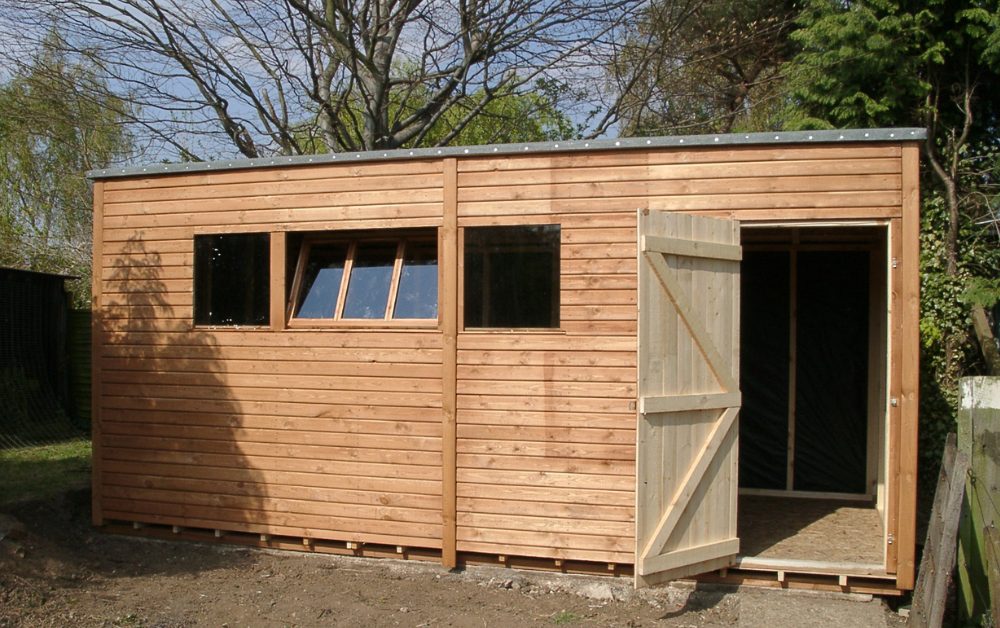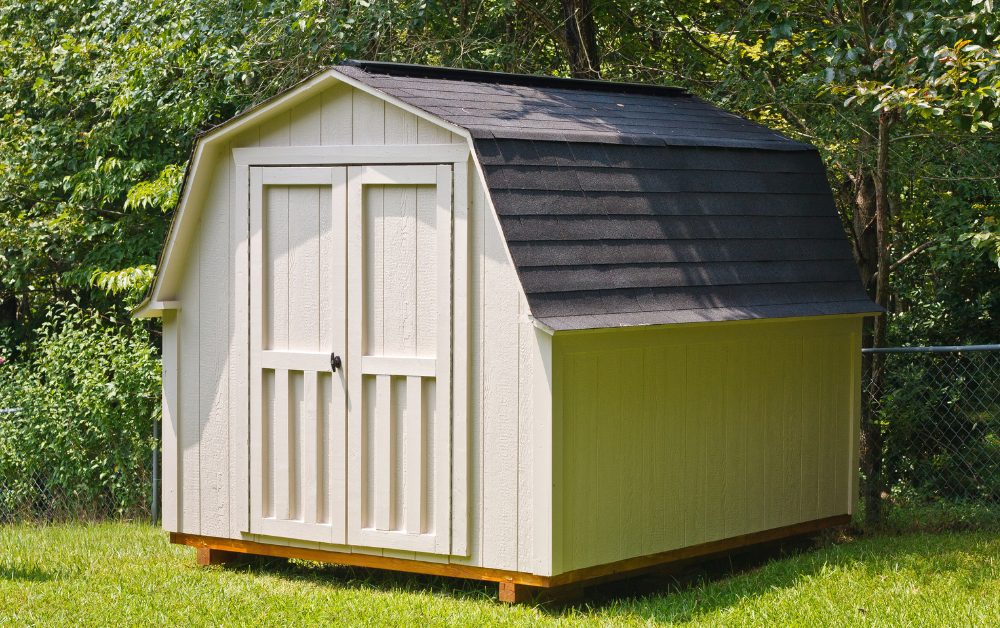Last Updated on February 14, 2025 by teamobn

Farm sheds are the backbone of modern agriculture, serving as essential hubs for various farm activities. From storing equipment and supplies to providing shelter for animals and workspaces, the functional spaces within farm sheds are vital for efficient farming operations.
This article discusses the process of designing functional spaces within farm sheds. From assessing your farm’s specific needs and conducting a comprehensive inventory analysis to zoning for different functions and designing an efficient flow that minimizes bottlenecks, understand the different phases of building well-organized and smoothly functioning farm sheds.
Contents
- 1 Assessing Farm Shed Needs
- 2 Planning Innovative Interior Design in Farm Sheds
- 3 Selecting Materials and Features
- 4 Implementing Your Farm Shed Design
- 5 The Wrap Up
Assessing Farm Shed Needs
Before embarking on the journey of designing functional spaces within your farm shed, it is essential to give careful attention to your specific requirements. Each farm has unique demands, and understanding them is the first step in creating a successful design.
1. Inventory Assessment: Begin by conducting an inventory of your farm equipment, tools, and supplies. Take note of their sizes, quantities, and specific storage requirements. Understanding your inventory will help you determine the amount of storage space needed in the shed.
2. Farm Activities: Identify the different activities that normally take place in farm sheds. They include equipment maintenance, livestock housing, crop storage, and workspace for farm employees. Each activity has distinct space and layout requirements.
3. Future Growth: Consider your farm’s growth and expansion plans. A clever idea for farm sheds is to plan for future additions and adjustments to fit your farm’s evolving needs.

Planning Innovative Interior Design in Farm Sheds
Once you’ve gained a clear understanding of your farm’s needs, it’s time you plan the layout of your farm shed. A well-thought-out layout is essential for the efficiency and functionality of farm sheds:
1. Zoning: Divide your farm shed into distinct zones based on the farm activities you’ve identified. For example, you might have separate zones for storage, workspace, and animal housing. Proper zoning allows for organized and efficient workflow.
2. Flow: Plan the movement of people, machinery, and livestock within the shed. Create clear pathways to minimize congestion and improve safety. Consider the most natural flow for each activity, ensuring that they do not interfere with one another.
3. Storage Solutions: Design and incorporate appropriate storage solutions for your farm equipment, feed, and tools. Utilize shelves, racks, and bins to keep everything organized and easily accessible. The goal is to prevent clutter and ensure everything has its designated place.
4. Lighting and Ventilation: To maintain a comfortable and productive working environment, plan for adequate natural and artificial lighting. Additionally, consider proper ventilation to maintain air quality and temperature control, especially in animal housing areas.
Selecting Materials and Features
This phase is where you shift your focus from the pragmatic aspects of farm shed design to the more nuanced realm of aesthetics, comfort, and overall appeal. By thoughtfully considering the following elements, you can ensure that farm sheds become a harmonious blend of form and function, making them spaces that are both efficient and visually appealing.
1. Flooring: Choose the appropriate flooring material for each zone within your farm shed. Concrete is a popular choice for its strength and ease of cleaning. In areas where livestock will be housed, non-slip and comfortable flooring may be necessary.
2. Insulation: Depending on your geographical location and climate, insulation may be vital. Proper insulation helps regulate the temperature, making the shed more comfortable for both humans and animals while potentially reducing energy costs.
3. Security: Invest in secure doors and locks to protect your valuable equipment and livestock. Security features should align with the specific requirements of your farm, which may vary based on location and potential threats.
4. Amenities: Consider adding amenities that can enhance the functionality and comfort of your farm shed. These could include a bathroom, kitchenette, or office space. While such amenities may depend on your budget and preferences, they can significantly improve efficiency and convenience.

Implementing Your Farm Shed Design
With your carefully planned and desired farm shed design in hand, it’s time to take action and bring your vision to life. Here are the steps to follow:
1. Budgeting
Create a comprehensive budget that encompasses construction costs, materials, labor, and any additional features you’ve desired. Ensure that your budget aligns with your financial resources and the scope of your project.
2. Hiring Professionals
Engage architects, builders, and contractors with experience in the design and construction of farm sheds. Collaborate closely with them to ensure your vision becomes a reality. Their expertise can be invaluable in achieving your goals.
3. Project Management
Oversee the construction process to ensure that the design specifications are met and the project stays on schedule. Effective project management is key to a successful outcome.
Walls, Roof, and Siding
Wall Construction
Install the framed walls, leaving openings for doors and windows as per your design. Secure them in place, ensuring they are plumb and level. Consider adding insulation for climate control.
Roofing
Add the roof structure, which might consist of trusses, rafters, and sheathing. Apply roofing materials like shingles, metal sheets, or other appropriate options. Properly seal and insulate the roof to prevent leaks.
Siding and Cladding
Choose your preferred siding material and install it on the exterior walls. This can enhance the shed’s aesthetics and provide additional protection against the elements.

Doors and Windows
Door Installation
Mount the doors, whether single or double, roll-up, sliding, or swing doors, according to your design. Ensure they open and close smoothly, providing easy access to the shed’s interior.
Window Installation
If your design includes windows, place them securely, allowing natural light and ventilation. Seal around windows to prevent drafts and moisture intrusion.
Interior Finishing and Customization
Insulation
Insulate the interior if required, which is important for temperature control in the shed. You can use materials like fiberglass, foam board, or spray foam insulation.
Electrical and Plumbing
If your farm shed will be used for more than just storage, consider adding electrical wiring, outlets, and lighting. Plumbing can be added if your design includes a water source or sanitary facilities.
Shelving and Storage
Install shelves, racks, or any other storage solutions to organize the interior for your specific needs.
Final Touches and Safety Measures
Painting and Finishing
Apply a protective finish to the exterior and interior surfaces, which can enhance aesthetics and durability.
Safety Features
Install safety features such as fire extinguishers, smoke detectors, and first-aid kits, particularly if the shed will be used for activities involving potential hazards.
Landscaping and Access
Landscaping
Surround the farm shed with landscaping features like gravel paths, driveways, or grass to improve access and aesthetics.
Access and Security
Install locks, security systems, and gates if needed to secure the shed and its contents.
Safety and Compliance
Farm sheds should adhere to local building codes and safety regulations, especially if they include animal housing. Safety is paramount to protect both your assets and the people working on your farm.
Collaborating with local authorities, architects, and contractors who possess expertise in these regulations is essential to ensure that your farm shed meets all the necessary safety and compliance standards.
The Wrap Up
Designing functional spaces within farm sheds is a pivotal step in optimizing farming operations. With careful attention, thoughtful planning, a desire for quality features, and decisive action, you can successfully design and implement the ideal farm shed for your agricultural endeavors.
By thoughtfully addressing every aspect of design, from functionality and security to aesthetics and sustainability, you lay the groundwork for a flourishing and efficient agricultural venture. In this manner, your farm shed becomes not just a storage space but a dynamic, integral element that underpins the productivity and prosperity of your entire farming operation.








